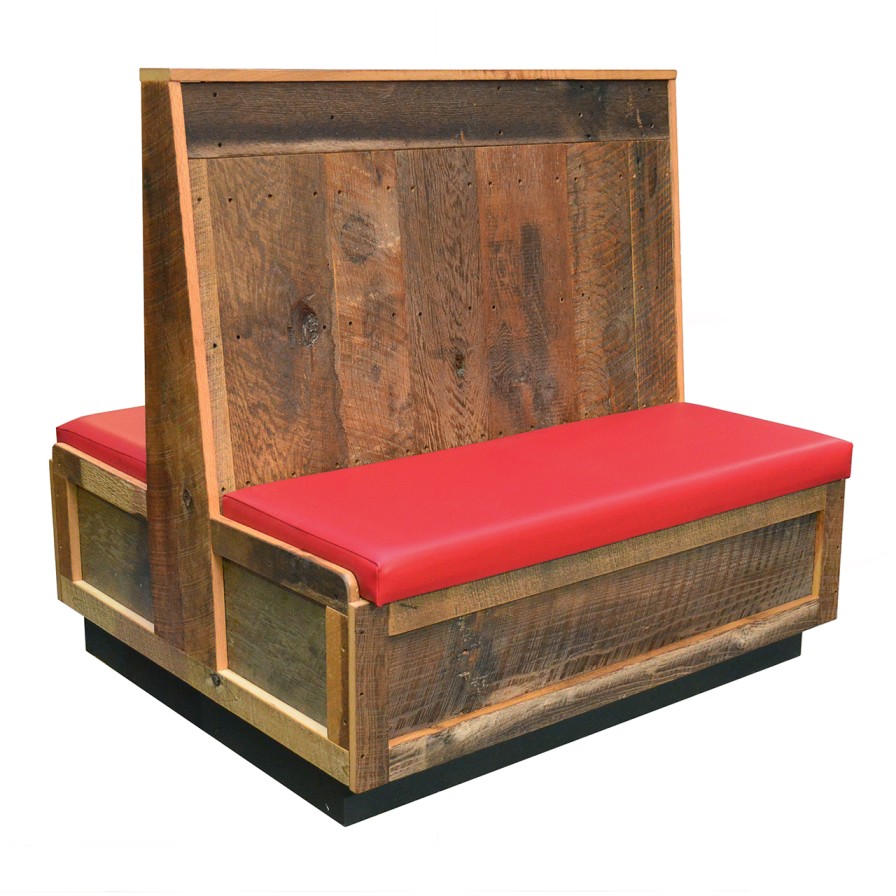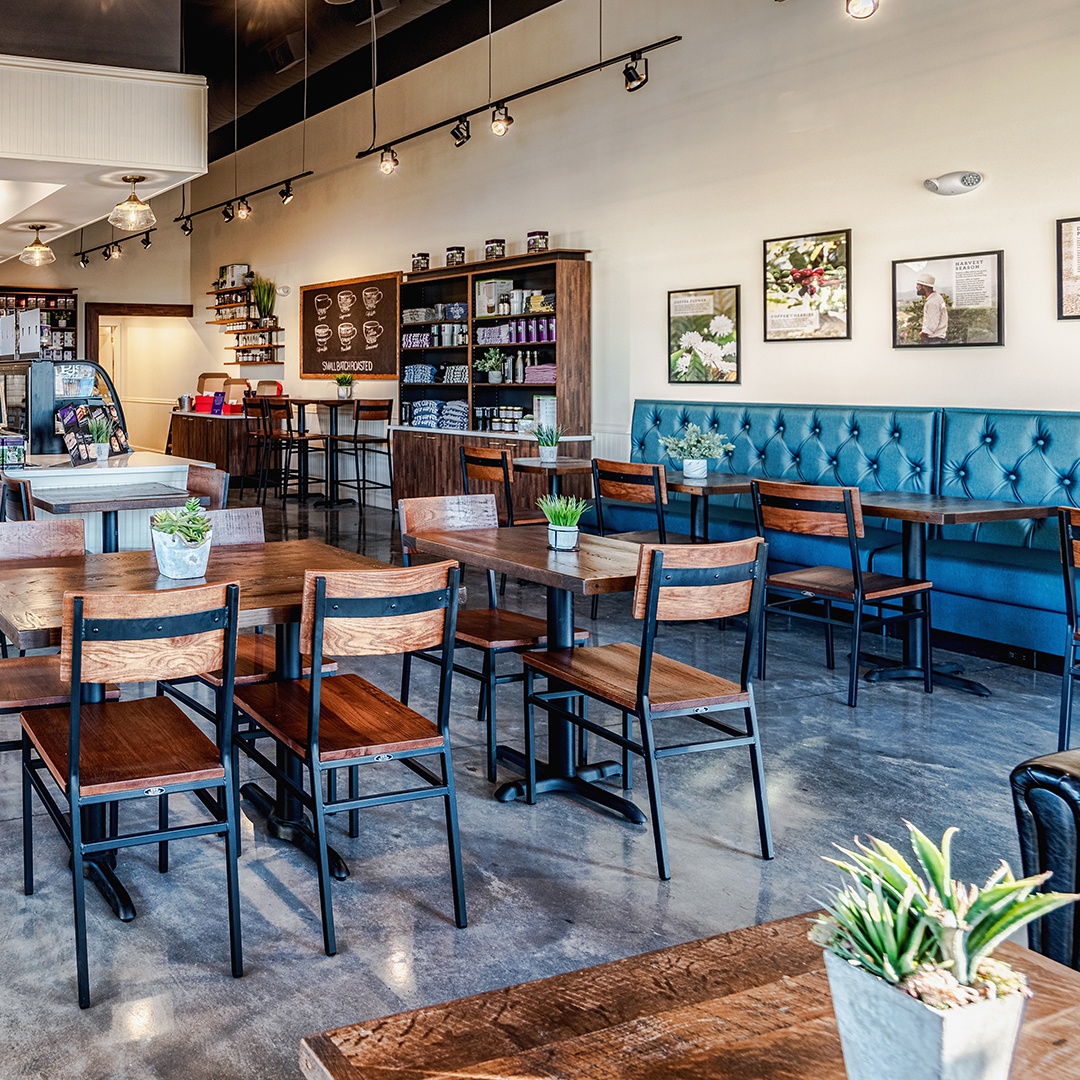It is opening night of your new steak restaurant and everything is ready to go. Your entrees are savory and your deserts are delectable. Every piece of furniture is in its place. Staff is fully trained and prepared to take on their first shift at what they hope is the new hot spot in town. The clock strikes and you are officially open for business. A man approaches the door and moves to pull it open, you hold your breath in anticipation of your first customer. That is when you spot them. The flip-flops.
As your eyes begin to take in the whole picture you notice not only is this man wearing flip-flops but swim trunks, a t-shirt, and his hair looks like he just came out of the water. He grabs a menu, takes one look at your prices and heads right for the door. You can hear his flip-flops echo down the sidewalk as he heads to the hot dog shop next door.
As customers begin to trickle in for the dinner rush you start to notice a pattern. Many customers dressed like your first arrival gaze at your pricing and promptly leave. You can’t figure out what is getting lost in translation. Why are people arriving fresh from the beach to dine at your restaurant? Your menu isn’t the problem, but your furniture just might be.
The way a restaurant looks helps to let its potential customers know what to expect when entering. It helps them to determine what kind of food they will be eating, atmosphere, pricing, and even if there is a dress code or not. Sending the wrong message can leave your customers with unfulfilled expectations, and you with bad reviews. Let’s take a moment to consider what your booths are saying about your restaurant and if it is the right message for you.
Color
 Color plays a major role in what type of experience potential customers expect from your business. Bright colors paired together communicate a fun vibrant atmosphere perfect for a night out or a casual get together with friends. Darker colors speak of an intimate setting such as a date night or maybe a business meeting. Deeper/darker hues often give a feeling of a more formal establishment that is going to have a higher price point than that of a dollar a slice pizza place.
Color plays a major role in what type of experience potential customers expect from your business. Bright colors paired together communicate a fun vibrant atmosphere perfect for a night out or a casual get together with friends. Darker colors speak of an intimate setting such as a date night or maybe a business meeting. Deeper/darker hues often give a feeling of a more formal establishment that is going to have a higher price point than that of a dollar a slice pizza place.
Consider the clientele that you are hoping to cater to when looking at colors. Opening up a Mexican restaurant looking to specialize in fast service at great prices? Bright colors would be a great way to attract customers trying to grab a quick and affordable lunch before heading back to the office. Blacks, browns, and deep hues work well in upscale bars and restaurants because they feel more traditional of a sit down dinner venue. This lets your customers know that the food might not be best for a quick lunch but better suited for a business lunch.
The only exception to the idea of bright colors communicating a lower price point is a business that serves exclusively breakfast. Touches of bright color to a brunch spot helps to let customers know that you cater exclusively to early morning meals that help start their day off right. It brings to mind the idea of fresh fruits and bright starts. Darker colors in a breakfast establishment communicate more of a budget friendly diner atmosphere.
Comfort
It goes hand in hand that the higher the quality of the materials used to cover the booth, the higher class your establishment will look. The more upscale the appearance, the greater expectation for the quality of the meal, and the more willing customers are to pay higher prices.

Vinyl is the most common material used for restaurant booths. It comes in many colors, is durable and easy to clean, making it a go to option for many owners. The design of your vinyl can be a great indicator to customers what to expect of an establishment. A simple black or red vinyl booth with no piping or pillow top clues customers in to the idea that establishment might be more concerned with quick service at good prices than making it a total dining experience from start to finish. While a booth with a custom fabric pattern with a pillow top and a coat hanger speaks to additional comfort and a business that invested in their appearance, overall atmosphere and comfort level of patrons.
An option other than vinyl is wood. Restaurant booths made of wood are a more expensive option than vinyl but adds a level of durability to the booth, as well as adding a feeling of warmth that wood brings to a design. Stain options run the gambit from very light to black, allowing you to choose the message that you send customers as soon as they walk in the door.
A unique yet popular wood choice is reclaimed wood. This is wood that has been taken from barns and re-purposed to create something new. The look is very popular right now, but especially for booths. It has an earthy feel while still managing a look of sophistication and finesse. The reclaimed look is particularly prominent in craft breweries and bars looking to make a statement about being unique. It lets customers know that that the owners have a lot of pride in their business and have a mind of their own. Their menu offerings and ambiance are going to reflect that individualistic intention.
One way to achieve that upscale design is by integrating texture into your booth materials. Whether it is a physical texture of wood, reclaimed wood, or fabric, that small difference can make a big change in how your business is perceived. Even patterned vinyl can help get the look of adding texture while keeping the comfort and easy cleaning of vinyl.
 Privacy
Privacy
The size of your booth can speak volumes to a customer without ever saying a word. A booth with a 36” back (the shortest available) does not afford the same amount of privacy and intimacy as the same exact booth but with a 54” back (the tallest available). The higher back prevents kids from peeking at other dinners, and helps to dim the conversation from a nearby table, something that dinners who are seeking a special night out appreciate.
The lower back height might be a perfect fit for the local diner looking to provide food that sticks to your ribs at a good price with a decent turnover rate. A higher back booth might be a good fit in a high-end steak restaurant looking to cater to guests looking to dine out for a special occasion and spend some time enjoying the meal and good conversation before leaving. Currently higher backs are trendy. So any business wishing to communicate that to their potential customers might want to consider booths with taller backs.
While booths are only one part of a restaurants design, they are an anchor point visually. It is easy to forget about their importance when building a restaurant’s atmosphere but if done wrong they can ruin the perception that has been so carefully curated throughout the rest of the business.
Appearances aren’t everything, but they do say a lot about your business to first time customers. Color, materials and back height are all clues to lead your customers to a certain conclusion as to what they can expect from your restaurant in terms of food style, pricing, and atmosphere. Be sure to use your booths to project the messages that you wish to say to your customers about what to expect.






